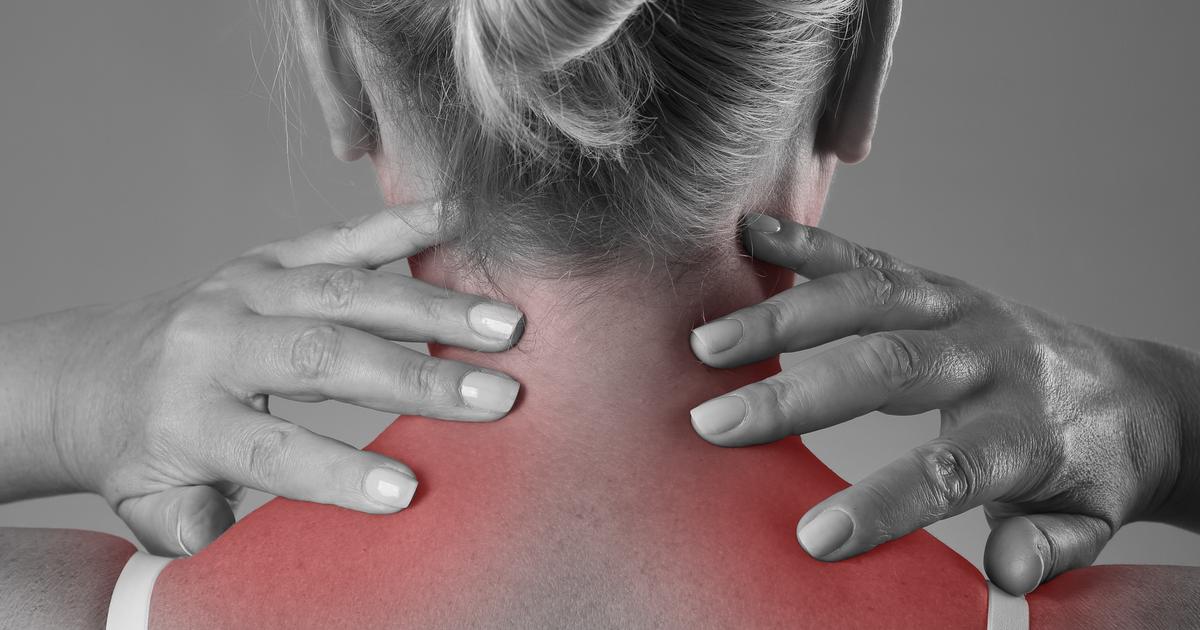Warning Signs Of Chiari Malformation
Chiari malformation is an abnormality of structure that affects the relationship between the brain and skull. An affected individual's skull may be misshapen or smaller than normal, resulting in the compression of the brain tissues at the base of the skull. This pressure and compression cause the patient's brain tissues to protrude into their spinal canal. The base of the brain affected by Chiari malformation is referred to as the cerebellum. The signals from the brain to the body can become obstructed when the cerebellum is pushed down into the spinal canal. Most cases of Chiari malformation are congenital and result from genetic mutations, lack of nutrients and vitamins during pregnancy, infection during pregnancy, or chemical exposure during pregnancy. However, an adult may develop Chiari malformation when infection or an accident results in the drainage of spinal fluid.
There are several warning signs of Chiari malformation. Learn about them now.
Neck Pain

When a patient's Chiari malformation is present when they are born, symptoms do not usually manifest until they are in their second or third decade of life. Pain around the neck and head is a prevalent symptom seen in those who have Chiari malformation. The neck pain experienced as a result of the protrusion of brain tissue into the spinal canal is often described as a heavy pressure-like sensation that is so strong it produces pain. This pain is known to radiate across a patient's shoulders and down their spine. There are no pain nerves located in the actual brain tissues that extend into the spinal canal. There is a large concentration of sensory nerve cells in the tissues and areas that surround the tissues present in the vicinity of the spinal canal. When the brain tissue from Chiari malformation causes these nerve fibers to become compressed, pain signals are sent to the brain. The pain in a patient's neck may radiate up into their head and face, manifesting as a headache.
Continue reading to learn more about the warning signs of Chiari malformation now.
Difficulty Swallowing

Difficulty swallowing is most common in young children, toddlers, and infants affected by type I Chiari malformation and type II Chiari malformation. Infants and children may experience frequent choking when they are attempting to feed due to the abnormal compression of the nerves, muscles, and tissues at the base of their head and inside of their neck. It may be difficult for patients to keep their airway open at the right times. The nerves in the neck and throat may become confused and cause the epiglottis to malfunction. The epiglottis is a flap of tissue that is meant to stay closed when an individual is breathing, and open when they are consuming food or liquids. The muscles responsible for implementing the signals from the nerves can also be adversely affected by tissue compression. When the muscles do not contract at the proper time, the patient may intend to swallow food or liquid, but the mechanisms in their throat and neck take on the action of breathing instead. Any of these malfunctions due to tissue compression from Chiari malformation can cause problems with swallowing.
Get more information on the symptoms linked to Chiari malformation now.
Issues With Breathing

Chiari malformation occurs when parts of an individual's brain protrude down into their central spinal canal. Breathing requires the cooperation of several parts of an individual's brain working in tandem. The brainstem and cerebellum both play critical roles in the autonomous part of breathing. The pons in the brain is responsible for bridging the various parts of the brain together that control several critical functions. The lower sections of an individual's pons are responsible for the regulation of breathing intensity, and the upper sections of the pons are responsible for the regulation of the frequency and depth of an individual's breaths. The involuntary part of breathing is managed by a part of the hindbrain referred to as the medulla. When Chiari malformation causes any of these parts of the brain that are responsible for various parameters of breathing to become compressed, individuals will experience breathing problems.
Read more about the warning signs of Chiari malformation now.
Poor Coordination

The part of an individual's brain that puts together the sequence of movements and then implements them is called the cerebellum. Other parts of the brain are involved in the movement coordination process, but the cerebellum is responsible for most of this function along with posture and balance. When the cerebellum becomes damaged due to excessive pressure, the individual will have trouble with controlling the position of their legs, arms, and posture. Individuals affected by Chiari malformation can sustain extensive damage to parts of their cerebellum as it inappropriately extends down into the increasingly narrow spinal canal. The medical terms used to describe these problems with coordination are known as dysmetria and ataxia. Poor coordination may or may not be isolated to a patient's posture and limbs when it is caused by Chiari malformation.
Discover additional signs of Chiari malformation now.
Unsteady Gait

Once again, the excess pressure put on the cerebellum and other parts of the brain due to Chiari malformation can result in damage that influences an individual's ability to function. Specifically related to the poor coordination discussed previously, this damage and pressure can cause patients with Chiari malformation to have an unsteady gait when walking. They can deal with more frequent falls as a result of their unsteady gait and may require the use of a cane or other ways to get additional support when walking. Thankfully, treatment for Chiari malformation, when it is called for, can greatly improve an individual's unsteady gait.